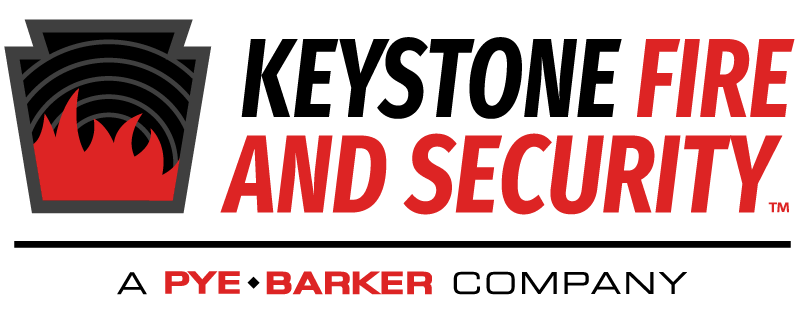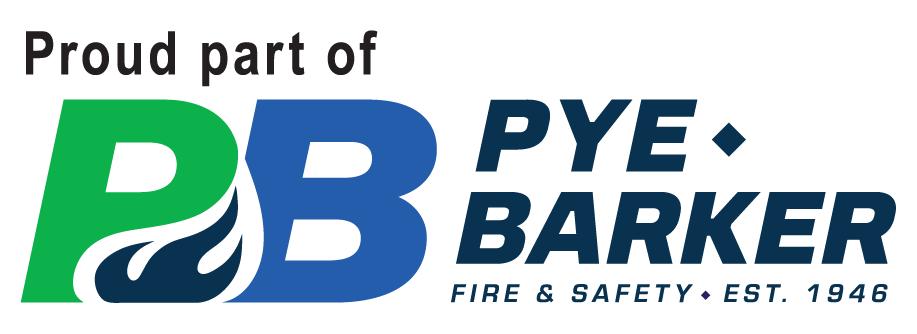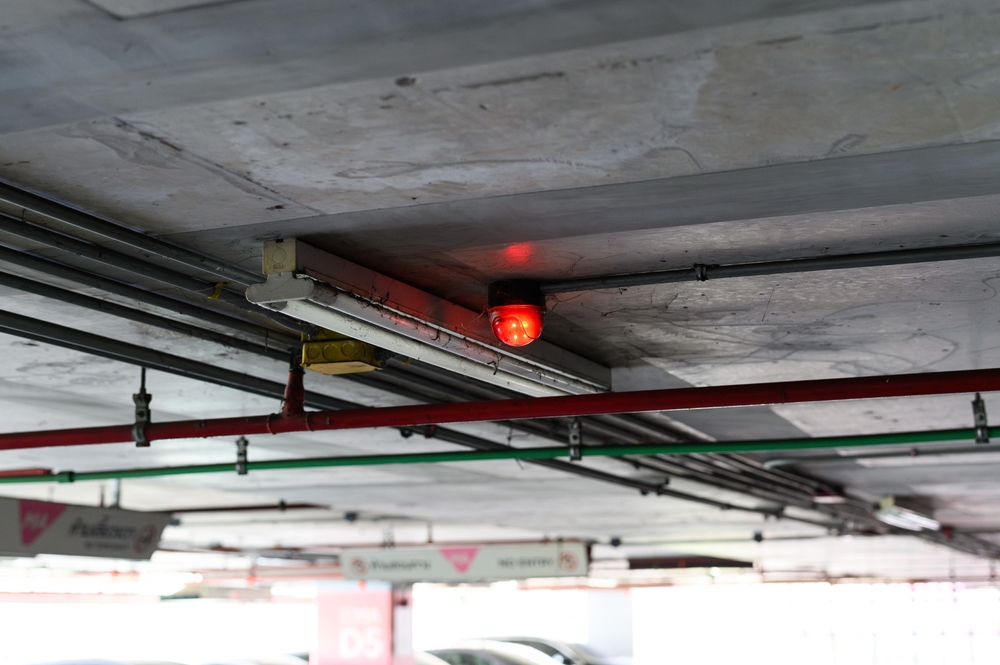We rely on fire detection systems to ensure our safety. Have you ever considered what these systems actually do? How do these intricate networks of sensors and alarms safeguard us against the hazards of fire? We frequently take them for granted until an ear-splitting alarm wakes us up in the middle of the night—hopefully, a false alarm. Understanding the operation of fire detection systems is critical to our safety and well-being. If you’re in need of a reliable fire alarm company in Philadelphia, look no further than Keystone Fire Protection.
AA fire detection system plays an important role in protecting lives and property. Its basic duties can be divided into three categories: detecting fires, alerting people to the risk, and initiating the proper response to control or extinguish the fire. To fulfill these objectives effectively, fire detection systems include various critical components, such as:
- Smoke detectors
- Heat detectors
- Fire alarm control panels
- Audible and visual alarms
- Sprinkler systems
The earlier a fire detection system can detect a fire, the better the chances of preventing a small flame from escalating into a raging inferno. Rapid detection is vital because fire can spread shockingly fast, engulfing a room in mere minutes.
For those based in the Garden State, Keystone Fire Protection is a top fire alarm company in NJ, providing comprehensive fire safety solutions.
Components of Fire Detection Systems
Smoke Detectors
A smoke detector is one of the most common components of a fire detection system. These gadgets are programmed to sound an alarm when they detect smoke particles in the air. Smoke detectors are split into two types: ionization and photoelectric. Ionization smoke detectors are useful for detecting fast-burning fires, such as those caused by flammable liquids. Photoelectric detectors are more sensitive to smoldering fires, which emit bigger smoke particles. A combination of the two types in your home might provide maximum fire protection.
Heat Detectors
Heat detectors provide a specific function by responding to rising temperatures in their surroundings. When a room’s temperature rises above a certain level, a heat detector sounds an alarm. These detectors are especially useful in areas where smoke detectors may not be appropriate, such as kitchens or dusty environments, where cooking odors or particle matter may cause false alarms.
Fire Alarm Control Panels
The fire alarm control panel serves as the brain of the fire detection system. It takes signals from different detectors, processes them, and selects which alarms should be activated. In many systems, the control panel is also set up to send alerts to the local fire department, providing the quickest possible response to an emergency. It normally includes a power supply that connects to the main electrical system as well as a backup power source to ensure functionality in the event of a power failure.
Audible and Visual Alarms
When a fire is detected, the control panel triggers both auditory and visible alarms. The loud, jarring sound you hear is intended to inform all inhabitants of the building to evacuate immediately. In addition to audio warnings, visual alarms, such as strobe or flashing lights, help to notify those with hearing impairments to potential danger. The combination of various alarm kinds is an important part of fire safety, ensuring that everyone in the building can respond quickly to a fire emergency.
Sprinkler Systems
Sprinkler systems are sometimes combined with fire detection systems and are intended to extinguish a fire while it is still small. While not all fire detection systems have sprinklers, many do operate automatically when the heat from a fire reaches a certain threshold. This integration can considerably reduce damage and allow for faster response times.
Different Types of Fire Alarm Systems
While the components of fire detection systems may appear simple, there are several types of fire alarm systems, each with advantages and disadvantages. Conventional fire alarms operate as a single unit and cannot pinpoint the exact location of activation unless inspected.
On the other hand, addressable fire alarms have a specific address for each detector connected to the control panel, making it easier to identify the cause of the fire. These sophisticated systems can give considerable benefits in large buildings by monitoring smoke and heat levels in specific regions and providing real-time data to enhance accuracy.
Technological Advancements in Fire Detection
Recent improvements in fire detection systems have included advanced features like carbon monoxide detection and remote monitoring capabilities. Carbon monoxide is an odorless, colorless gas also known as “the silent killer.” Detectors using modern technology, such as chemical, electrochemical, or biomimetic sensors, are required to identify this hazardous gas. Many residential homes are obliged by law to have carbon monoxide detectors.
Remote monitoring systems improve the capabilities of standard fire alarms by delivering alerts to mobile devices or central monitoring stations, which can inform emergency personnel. This additional layer of security ensures that individuals are notified of a fire even if they are not on the premises, allowing for a speedier reaction time.
Understanding the Importance of Fire Detection Systems
Understanding how fire detection systems work helps us appreciate their complexity and importance. A well-maintained fire detection system, whether in the house, the workplace, or public settings, is an investment in safety and peace of mind. It might be the difference between a near miss and a calamity.
In conclusion, the purpose of a fire detection system goes beyond a simple definition; it is about saving lives, safeguarding property, and buying essential time when every second matters. Understanding its relevance entails not only adhering to legislation, but also cultivating a culture of safety and readiness.
BWe may increase the safety of our settings and the reliability of fire detection systems by becoming more familiar with their components and operation. In sites where downtime is costly, ensuring that fire safety procedures are strong and effective is critical to overall operational performance.


